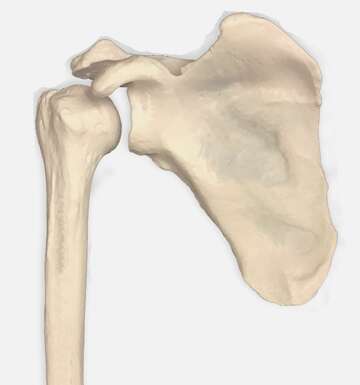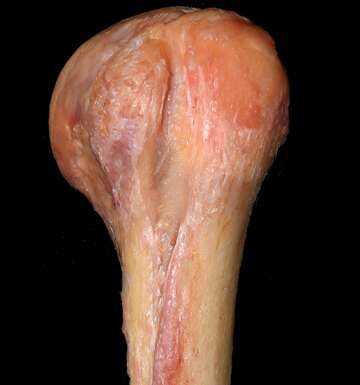Proximal Humerus Fractures
Proximal humerus fractures are the third most common fracture in the elderly population. Patients who suffer from these fractures may suffer from significant morbidity, and there is a 10% mortality rate at one-year post-injury reported in the literature. Treatment options range based on the fracture pattern and patient’s pre-injury level of activity. Unfortunately, regardless of the treatment option, studies have traditionally reported poor clinical outcomes for patients with this subset of fractures.


Locking compression plates have gained increasing popularity as a treatment modality for this fracture pattern, but they have demonstrated a poor ability to minimize collapse of the fracture. Our recently published meta-analysis has demonstrated that the addition of a fibular allograft augment to the locking compression plate prevents any subsequent collapse, leading to excellent postoperative radiographic and clinical outcomes. This allograft is a narrow bone taken from a donor and inserted into the humeral shaft. This adds increased strength to a patient’s humeral bone. When a locking compression plate is then placed in the patients augmented humerus bone, the increased fixation strength prevents collapse of the fracture. Our study demonstrated that this augment led to statistically significant improvements in patient clinical outcomes, prevention of humeral bone collapse, and a statistically significant reduction in major complications.
